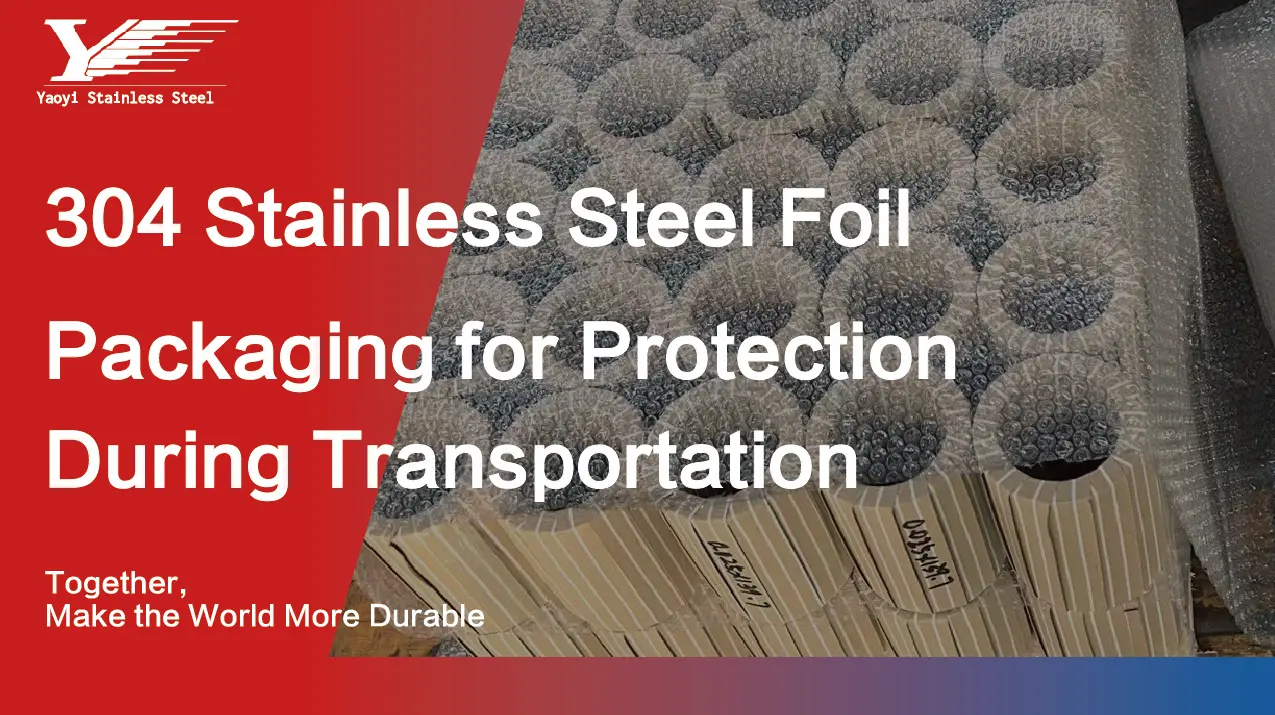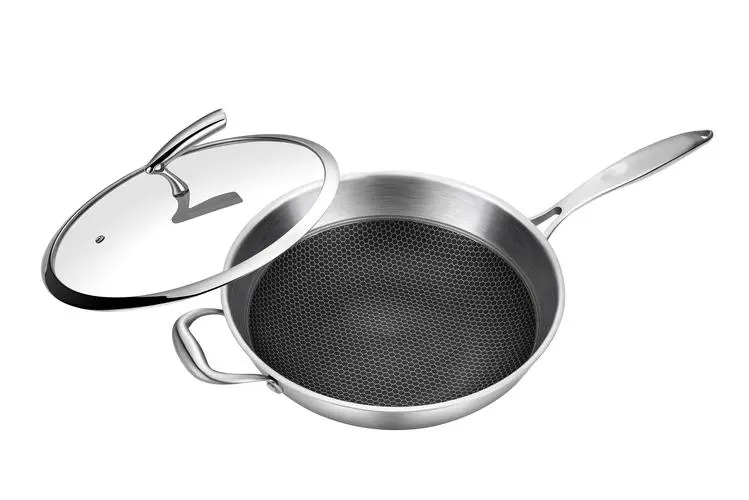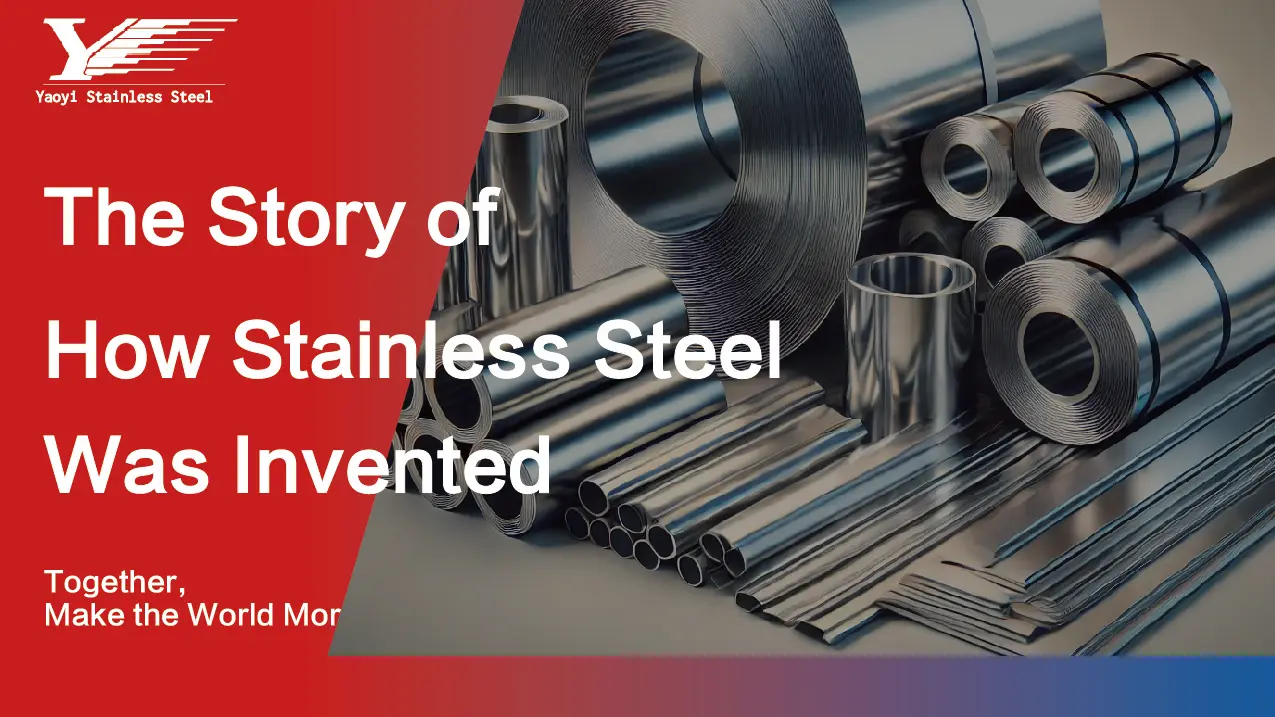
304 Stainless Steel Foil Packaging for Transport Protection
When transporting 304 stainless steel foil, proper packaging is crucial to protect the delicate material from damage, moisture, and external

Stainless steel has become an essential part of our kitchens and industries, but which type is actually food grade? The core issues surrounding food-grade stainless steel are multifaceted and vital for those in food production, processing, or even home cooking. This comprehensive guide will escort you through the intricate world of stainless steel, unraveling the qualities, regulations, environmental impacts, costs, and consumer preferences that define food-grade materials. Whether you’re a manufacturer, chef, or conscious consumer, understanding grades like 304 and 316 will empower you to make informed and safe choices. Dive in and let’s explore the fascinating landscape of food-grade stainless steel together!
Stainless steel has been widely recognized for its corrosion-resistant properties, making it an ideal choice for various applications. When it comes to food-grade stainless steel, the selection becomes even more critical. This guide explores five key perspectives on which stainless steel is suitable for food-grade applications.
Stainless steel is an alloy. It is made of iron, chromium, nickel, and other elements. Chromium offers the resistance to corrosion, making it suitable for many uses.
The 304 grade is the most popular type for food use. It contains 18% chromium and 8% nickel. This blend ensures rust resistance and retains the food’s flavor.
The 304 grade’s corrosion resistance is what makes it apt for food. It’s not just durable but also easy to clean.
The 316 grade is an alternative, with added molybdenum for more corrosion resistance. It’s used in harsher environments.
Smooth finishes prevent the build-up of bacteria. A good surface finish is vital for food safety.
The U.S. FDA has specific guidelines for materials used in food contact. Stainless steel 304 and 316 meet these requirements.
In Europe, the standards differ. Grades like 1.4301 and 1.4401 are equivalent to 304 and 316 in the U.S.
To sell worldwide, compliance with global standards is key. ISO standards guide the use of food-grade stainless steel.
Certifications assure quality. They confirm the steel’s compliance with the necessary standards.
Choosing a supplier with the right certifications ensures quality. It guarantees that the steel is food grade.
Stainless steel is 100% recyclable. Grades like 304 and 316 are sustainable choices for the environment.
Producing stainless steel takes energy. The choice of grade can affect the energy footprint.
The durability of stainless steel adds to its eco-friendliness. Longer lifecycles mean less waste.
Suppliers play a part in sustainability. Choosing responsible producers is essential.
Green certifications like ISO 14001 can guide choices. They promote environmental responsibility.
The 304 grade is generally more affordable. Its popularity makes it widely available.
The 316 grade is pricier due to the added molybdenum. Its superior corrosion resistance can justify the cost.
Different suppliers may offer various prices. Quality must always be a priority.
Both 304 and 316 grades are available worldwide. Accessibility should not be a significant concern.
Total costs include not just the price but also maintenance and longevity. A wise choice considers all these aspects.
Stainless steel offers a sleek, modern look. Grades like 304 and 316 provide aesthetic appeal.
Consumers often trust stainless steel for food contact. Awareness of food-grade types enhances this trust.
Various finishes can customize the look. The choice of grade can affect these options.
Food-grade stainless steel doesn’t impact taste. The right choice maintains food quality.
Trends change, but stainless steel’s appeal seems timeless. Both 304 and 316 grades continue to meet consumer needs.
Choosing the right food-grade stainless steel requires understanding the composition, regulatory compliance, environmental impact, costs, and consumer preferences. The 304 and 316 grades stand out as the most suitable choices, balancing quality, compliance, aesthetics, and cost. Ensuring adherence to global standards and considering the entire lifecycle of the material can guide an informed decision that satisfies both producers and consumers. The trust in stainless steel as a food-safe material is well-founded, backed by science, regulations, and generations of use.
Read more: A Complete Guide To AISI 430 Stainless Steel
Get more: A Complete Guide To AISI 4140 Low Alloy Steel
Read on: A Complete Guide To Stainless Steel AISI 420
Keep Reading: A Complete Guide To Stainless Steel Banding
Learn more about the:The stainless Steel Foil Provided With High Quality and Best Price
Read more: How to Find the Best Deals on 316 Stainless Steel Foil Price
Get more: How to Choose the Right Thickness of 304 Stainless Steel Foil for Your Application
Read on: yaoyi stainless steel foil

When transporting 304 stainless steel foil, proper packaging is crucial to protect the delicate material from damage, moisture, and external

The invention of stainless steel, often hailed as one of the most significant breakthroughs in metallurgy, was attributed to Harry